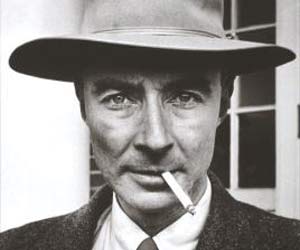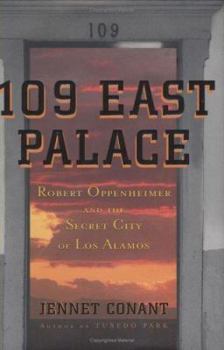109 East Palace: Robert Oppenheimer and the Secret City of Los Alamos
Select Format
Select Condition 
Book Overview
In 1943, Robert Oppenheimer, the brilliant, charismatic head of the Manhattan Project, recruited scientists to live as virtual prisoners of the U.S. government on a barren mesa thirty-five miles outside Santa Fe, New Mexico. Los Alamos was a secret city, a primitive barbed-wire-enclosed encampment whose makeshift dormitories and labs housed scientists, their young families, and some of the most advanced scientific equipment in the world. Thousands...
Customer Reviews
The human dynamics of the Manhattan Project
Making a Bomb
The fascinating tale of Los Alamos
Fascinating glimpse into a closed atomic community
The Biggest Scientific Project of Our Time
109 East Palace: Robert Oppenheimer and the Secret City of Los Alamos Mentions in Our Blog

Featuring a glittering, star-studded cast, Christopher Nolan's brilliant new film charts the turbulent life of J. Robert Oppenheimer, the theoretical physicist who played a significant role in developing the first atomic bombs. If you enjoyed the movie, here's your chance to learn more about this fascinating chapter from history.






